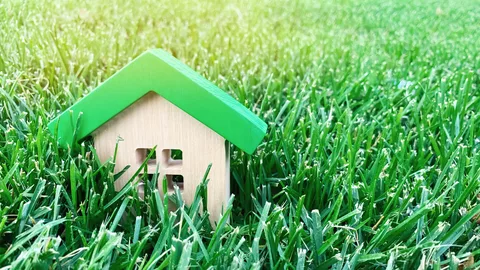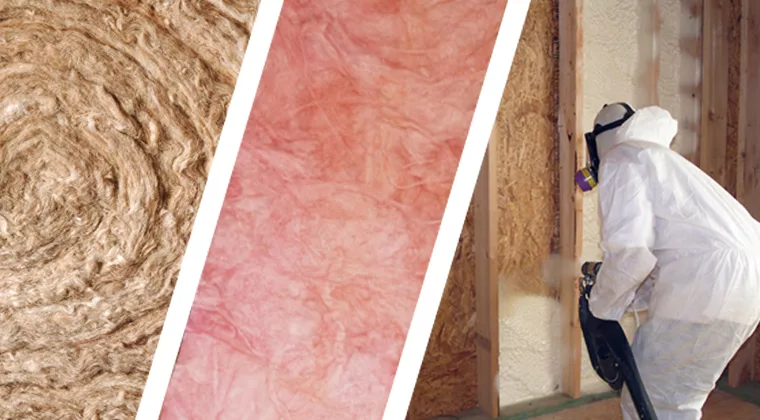
Here are our top five cost-effective and simple ways to achieve energy efficiency in a custom mountain home.
It can get quite cold at higher elevation in mountainous areas. There is also plentiful sunshine. One of the best ways to be energy-efficient is to capture the heat gain in the day so less energy is needed to heat the home throughout the cold night. A clever design tip: have generous-sized windows on the sunniest side of the house. Here in the Rocky Mountain region of North America that is the South-facing side of the home. To keep the heat gain in check in the warmer months include an overhang that will shade the glass when the sun is high in the sky.
For passive windows, consider a glazing that allows for a larger solar heat gain. For example, Andersen windows have a glass option called PassiveSun.
In cold climates, insulation is a key component of any build. Insulation is graded with R-values. The “R” means resistance to heat flow. The higher the R-value, the greater the insulating power. Almost all insulation products have to tell you their R-value — pipe and duct insulation are the only exceptions. A higher R-value means greater insulation performance. Recent energy codes require roughly R-49 for roofs, and R-20 for walls. These minimum values can be higher, or lower, depending on your specific location. While the code minimums generally function fairly well for the area – think “C students” – an even higher R-value is generally better – think “A+ student”. R-60, or more, can be achieved with a combination of closed cell spray foam and fiberglass batts.

Insulation is less effective if air can leak out through cracks and joints in the structure. Make sure to seal the building as best as possible. Outlets, lights, wall switches are all prime suspects to leak air. Take care to seal them with spray-in foam insulation. Finding and mitigating air leaks can be a do-it-yourself activity – or, homeowners may opt for an energy efficiency contractor.
The top of the pack for lighting fixtures is currently LED fixtures. These fixtures are available in many different forms, and warm colors to provide light that looks just like the warm halogens and incandescent bulbs of the past. There is no longer a reason to delay this switch! LED fixtures use a fraction of the energy their older counterparts need and the LED fixture will last much longer. Dimmer Switches can also be used to reduce power when less light is needed.
On the appliance side, both energy and water use are important factors to consider when selecting items to fill your home. The Energy Star system by the U.S. Department of Energy provides a useful tool to help consumers gauge the energy efficiency of different appliances. Similarly, the EPA’s WaterSense program allows consumers to see estimated water consumption. Be aware that the most efficient models will likely need to be ordered in advance and will potentially cost more than the special advertised price at the local big box store.
Front-loading washers and dryers typically use significantly less water than top loaders. Choose faucets and toilets with as low a gallons-per-minute (GPM) rating as possible to save water. There are even toilets available with a dual flush feature that provides the option for more or less power to clear the bowl depending on the situation. Tankless water heaters only heat the water when it is in use. Tankless models are more efficient than tank-based water heaters because a tank is constantly consuming energy to keep the tank contents warm – even when not in use.
Provide enough smartly placed windows so that artificial lighting is ultimately not needed during the daylight hours. North facing windows can be a great way to add daylighting. Another option: solar tubes that can bring natural daylight down from the roof into otherwise dark spaces where windows may not be possible or desired.
If you are in a relatively mild mountain region, the highest temperatures in summer are still considered mild. Consider skipping traditional air conditioning and opt for a home design to allow for natural ventilation through windows and circulation via ceiling fans. Open windows in the evening when temperatures drop to ventilate the house and close the windows during the day to utilize the heat gain from the sun. A well-insulated house should be able to keep that cool air inside throughout the warmer day.
https://www.energy.gov/energysaver/weatherize/insulation/types-insulation